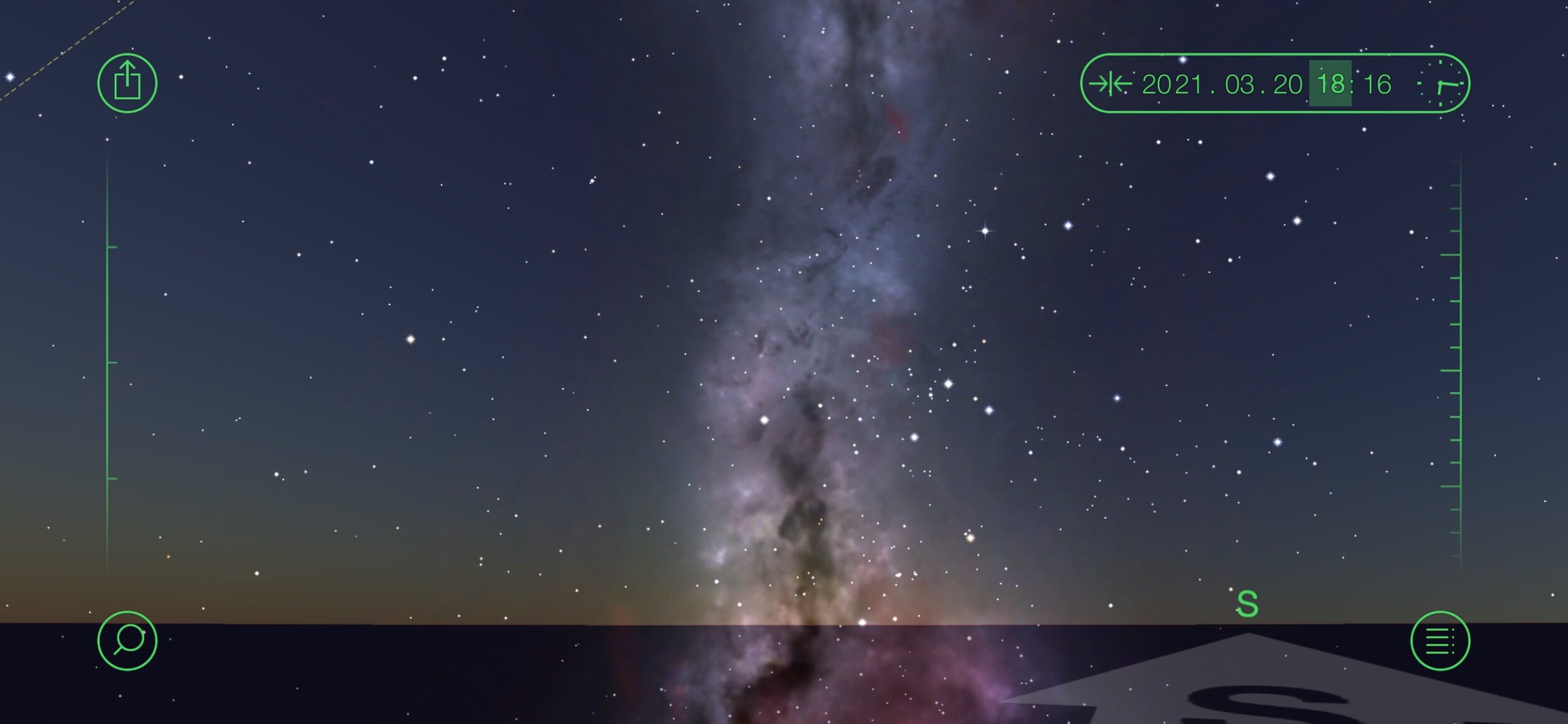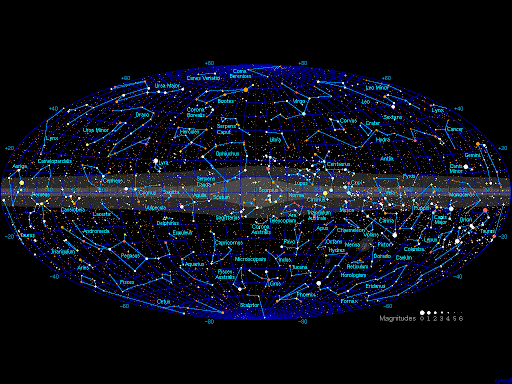Is it possible to visualise the evolution of the human appreciation for the night sky? From the setting sun to the precession of the equinox, can we imagine when and how humans developed their appreciation for the passage of time tracked in the sky – and its significance to our world view and higher spiritual natures.
At what point in history might humans first appreciated that the bright life-giving sun was an identifiable external object – one that could be predicted and expected from day to day. Having evolved near the equator the year’s seasonality would not have been much to notice but as humans moved north and south from their place of origin near the equator, changes in the sun’s strength and height would become more and more noticeable – longer summer days and shorter winter ones. Tracking these changes over twelve months would have them notice that their world was resetting back to its starting position. Spring equinox would signal the return of warm and plenty. Fall equinox would be good time to prepare for the coming winter.
Would early humans have noticed the phases of the moon before or after they noticed the changes in the sun. Although its shape and location changes drastically from night to night, the changing light is less important than the changing warmth of the sun. Nevertheless, the moon’s growth and shrinking would be easily observed in only 28 days rather than the months required for noticing seasonal changes in the sun.
The planets, aptly called the "wandering stars" by the Greeks, must have been a significant observation of early humans. The movement of just these five heavenly bodies was not like the other stars. These small dots of light zoomed around more or less independent of the sun, moon and stars. Two never wandered far from the sun, these are the two inner planets Mercury and Venus. The others wandered further, but never strayed too far up or down from the path of the sun.
Early humans in their developing appreciation of the stary world would have noted the paths of the sun, moon and planets travelling through a backdrop of the “fixed stars”. While these heavenly bodies would never wander too far north or south of the center, they could be found in any of the different zodiac constellations. As the months go by, the sun rises sequentially in Pisces, Aries, Taurus, Gemini, Cancer, Leo, Virgo, Libra, Scorpio, Sagittarius, Capricorn and Aquarius (Figure 1).


















